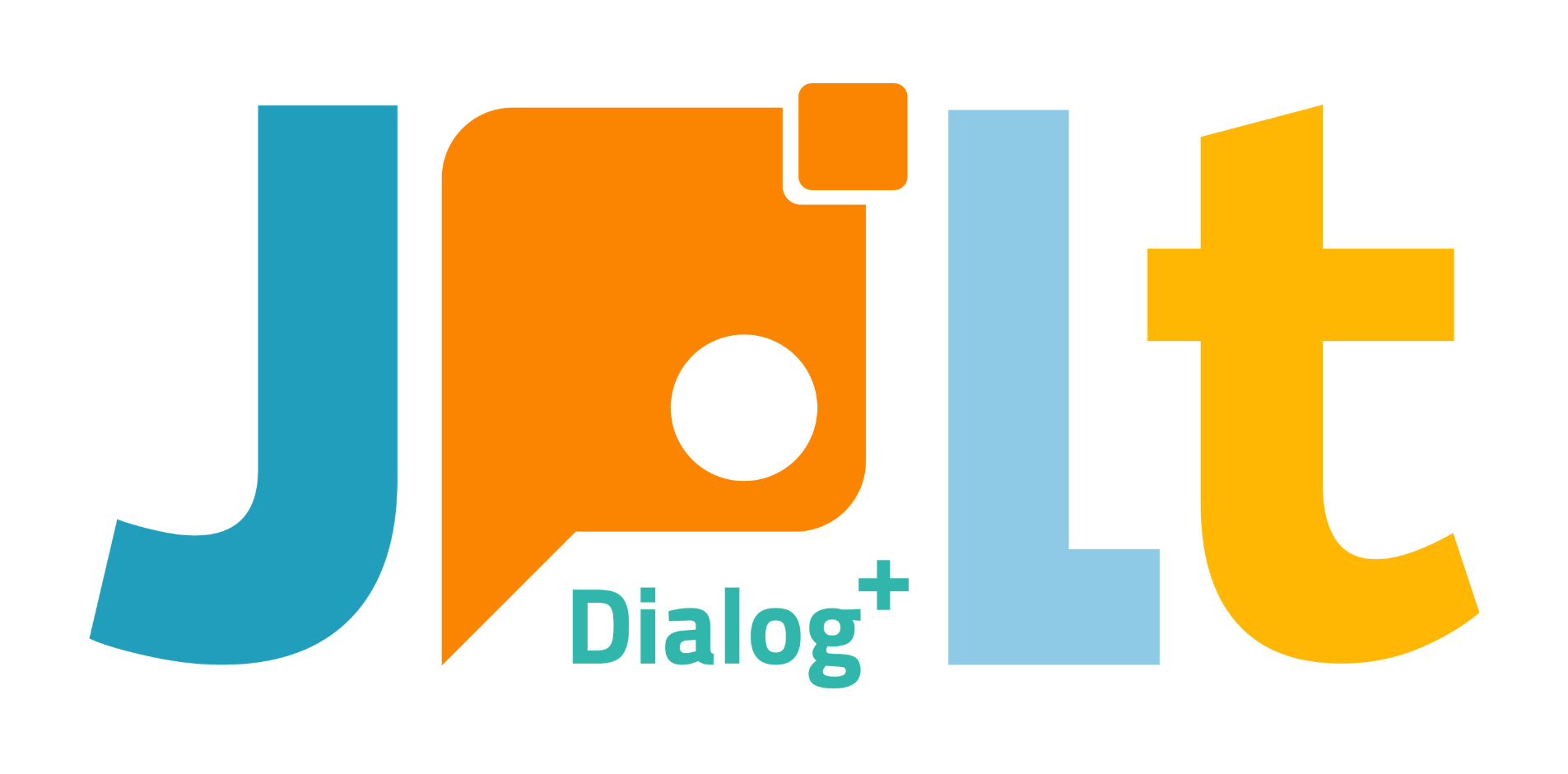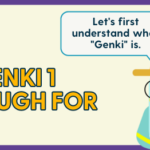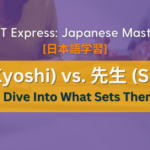“Nenjiru” vs “Inoru” – What’s the Difference?
Are “念じる (nenjiru)” and “祈る (inoru)” just two words with the same meaning?When should you use “nenjiru,” and when should you use “inoru”?What are the nuances between these two words?
Hello, Japanese learners! In this post, we’ll explore the differences and proper usage of “念じる (nenjiru)” and “祈る (inoru).” Both words mean “to wish,” but their nuances and contexts differ significantly.
Understanding these differences will help you use them more naturally in Japanese conversations.
What Does “念じる (nenjiru)” Mean?
“念じる (nenjiru)” refers to continuously wishing for something strongly in your heart. It is often used in situations where you focus on achieving a specific result through your internal strength and determination. For instance, you might repeatedly think, “I hope everything goes well,” before an important exam or interview.
Key Features:
-
Self-reliance: It emphasizes your own will and effort rather than relying on external forces.
-
Specific goals: Often associated with clear objectives like passing an exam, succeeding at work, or staying healthy.
-
Repetition: It involves repeatedly wishing for the same outcome in your heart, which can boost focus and motivation.
-
Uncertainty of success: While it doesn’t guarantee results, the act of nenjiru can provide comfort and clarity.
Examples:
-
彼女は毎日、試験に合格できますようにと心から念じていた。(She sincerely wished every day to pass the exam.)
-
試合前、選手たちは心の中で勝利を念じた。(Before the match, the players wished for victory in their hearts.)
What Does “祈る (inoru)” Mean?
On the other hand, “祈る (inoru)” involves entrusting your wishes to a greater power, such as a deity or a spiritual force. It is often used in ceremonial or formal settings, like praying for success at a shrine or wishing for a friend’s recovery.
Key Features:
-
Reliance on a higher power: Involves asking for help from gods, spirits, or natural forces.
-
Abstract wishes: Often linked to broader, less tangible desires like peace, health, or good fortune.
-
Ceremonial actions: Commonly involves rituals such as visiting a shrine, clasping hands in prayer, or participating in religious ceremonies.
-
Faith-driven: Reflects a belief that a higher power can help make your wishes come true.
Examples:
-
病気の家族が早く回復しますようにと神社で祈った。(I prayed at the shrine for my sick family member’s recovery.)
-
私たちは毎年、世界平和のために祈りを捧げる。(Every year, we offer prayers for world peace.)
Summary of Differences
|
Aspect
|
念じる (nenjiru)
|
祈る (inoru)
|
|---|---|---|
|
To Whom
|
Yourself
|
Gods, spirits, or others
|
|
Type of Wish
|
Specific goals
|
Abstract desires
|
|
Actions
|
Repeatedly thinking
|
Ritualistic actions
|
|
Expectation
|
Psychological comfort
|
Faith in external forces
|
Which Should You Use?
-
When relying on your own strength: Use “念じる” when your wish involves personal effort and determination. For example, before an exam or a sports match, you can nenjiru for success.
-
When entrusting to a higher power: Use “祈る” when you want to ask for help from something beyond yourself, such as praying at a temple or shrine for someone’s health or world peace.
Practice Questions
-
How do you express wishing strongly in your heart to pass an exam in Japanese?
-
What verb would you use to describe praying at a shrine for a sick friend’s recovery?
-
Which verb is appropriate for actions like wishing for world peace?
Answers
-
心の中で試験に合格するよう念じる。(shiken mae ni “gōkaku dekimasu yō ni” to kokoro no naka de nenjiru.)English: Before the exam, strongly wishing in your heart, “I hope I pass.”
-
病気の友人の回復を祈る。(byōki no yūjin ga kaifuku suru koto o inoru.English: Praying for a sick friend’s recovery.
-
世界平和を祈る。(sekai heiwa o inoru.English: Praying for world peace.
By understanding and applying these nuances, you’ll be able to communicate your thoughts and feelings more naturally in Japanese.



